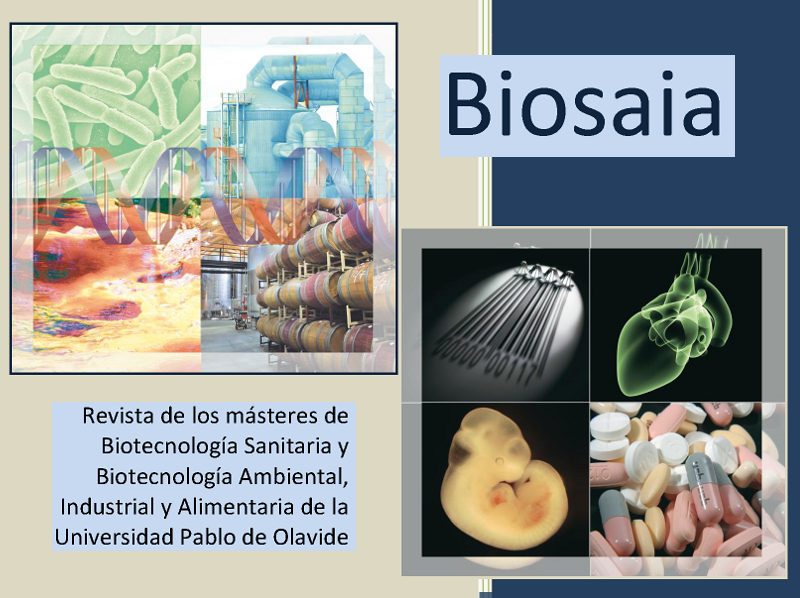Genetic requirements for repair of collapsed replication forks
Palabras clave:
homologous recombination; replication forks; double-stranded breaksResumen
Genetic instability is described as changes or mutations in DNA that produce various abnormalities in cells and that can trigger diseases. To alleviate this situation, the cell has various repair mechanisms. One of them is homologous recombination (HR), involved in the repair of DNA breaks. When these breaks are double-strand breaks (DSBs), their repair is critical for cell viability. The mechanisms by which DSBs are repaired by HR have been studied in detail (REF). However, these studies have focused on DSBs in linear DNA molecules, despite the fact that an important source of DSBs occurs as a consequence of replication fork collapse. In the laboratory of Dr. Prado, it has been observed that a chimera of the Rfa1 protein (subunit of the RPA complex WHICH binds to single-stranded DNA; ssDNA) and the micrococcal nuclease (Rfa1-MN) is lethal in the absence of the HR protein, Rad52. Since ssDNA accumulates in the replication fork under normal conditions, this data suggests that the chimera is generating DSBs in these structures, and that their repair by HR is essential. The first objective has been to generate a chimera that produces cuts specifically in the delayed chain of the replisome. For this, the Rad27 protein (responsible for the maturation of Okazaki fragments) has been labeled/TAGGED? with MN and it has been crossed with mutant strains in the HR genes Rad52 and Rad51. In this case, we did not observe loss of viability, although we cannot rule out that this difference with Rfa1-MN is due to a lower cut-off frequency. The second objective of this work IS to generate this chimera in the W303 genetic background to introduce it into conditional mutants affected in replication/repair processes that could help us understand how these DNA damages are repaired. As a first approximation, we have analyzed the effect of these mutations on cell viability under semi-permissive conditions. The results obtained will be discussed.Descargas
Los datos de descargas todavía no están disponibles.
Citas
Nogueira A, Fernandes M, Catarino R, Medeiros R. RAD52 Functions in Homologous recombination and Its Importance on Genomic Integrity Maintenance and Cancer Therapy. Cancers (Basel). 2019 Oct 23;11(11):1622. doi: 10.3390/cancers11111622.
Iyama T, Wilson DM 3rd. DNA repair mechanisms in dividing and non-dividing cells. DNA Repair (Amst). 2013 Aug;12(8):620-36. doi: 10.1015.
Wolner B, van Komen S, Sung P, Peterson CL. Recruitment of the recombinational repair machinery to a DNA double-strand break in yeast. Mol Cell. 2003 Jul; 12(1):221-32. doi: 10.1016/s1097-2765(03)00242-9.
Descargas
Publicado
2022-03-17
Cómo citar
(1)
Balconero Martín, A. M.; Prado Velasco, F. Genetic Requirements for Repair of Collapsed Replication Forks. Bs 2022.
Número
Sección
Pósteres
Licencia

Esta obra está bajo una licencia internacional Creative Commons Atribución-NoComercial-CompartirIgual 4.0.





